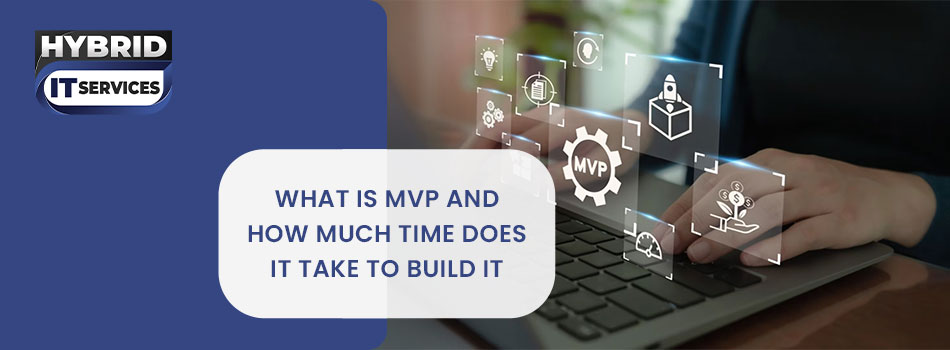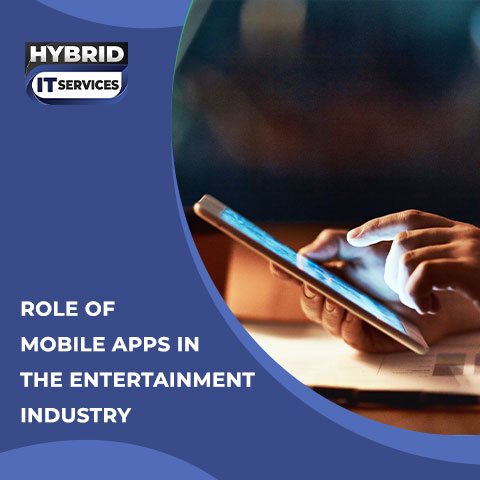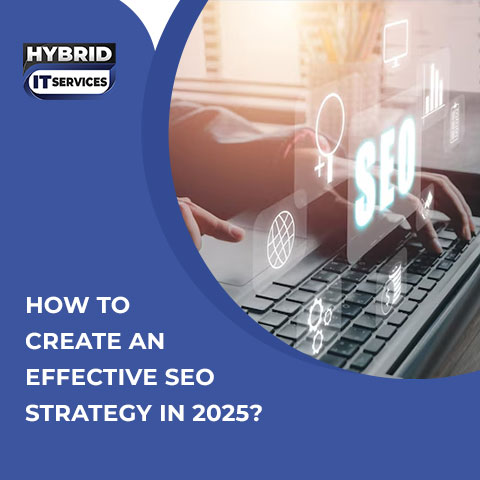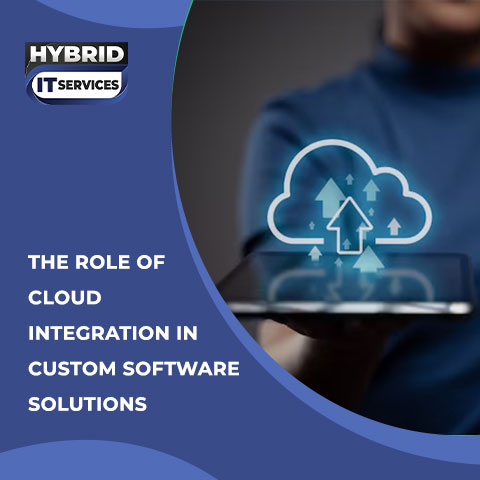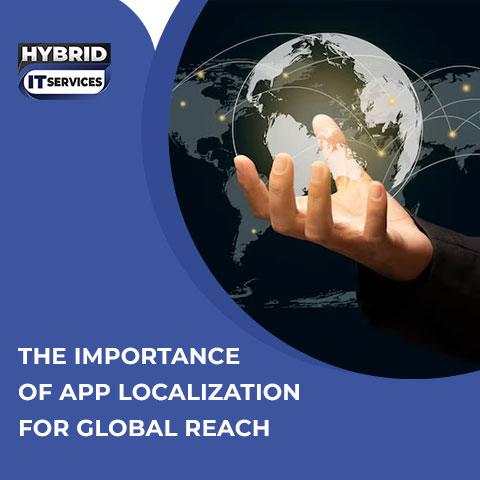In the dynamic world of startups and product development, the concept of a Minimum Viable Product (MVP) stands out as a crucial strategy for launching new products. An MVP is designed to introduce a product with just enough features to meet the needs of early adopters and validate the core concept. This approach allows businesses to gather user feedback, and make informed decisions. Additionally, refine their product before investing significant resources. At Hybrid IT Services let’s explore what is mvp in software and does it works.
What Does MVP Mean?
MVP stands for Minimum Viable Product. It is a product development strategy that focuses on creating a version of your product with the minimal set of features necessary to solve a core problem for your target audience. The idea is to launch quickly with just enough functionality to attract early adopters, gather feedback, and test the viability of the product.
Core Aspects of an MVP
- Essential Features: The MVP includes only the fundamental features needed to address the core problem, excluding any additional functionalities that may complicate the development process.
- Early Validation: By launching with a basic version, businesses can validate their product idea with real users, testing assumptions and gathering valuable insights.
- Iterative Improvement: Based on user feedback, the product is refined and enhanced in subsequent iterations, allowing for a more focused and effective development process.
Benefits of Building a Minimum Viable Product
Building an MVP offers numerous advantages, particularly for startups and new product developers:
Faster Time to Market
An MVP allows you to bring your product to market more quickly by focusing on essential features. This speed enables you to start engaging with users and receiving feedback sooner, which can be crucial in a competitive market.
Cost Efficiency
Developing an MVP is generally less expensive than creating a fully-featured product from the start. By avoiding the development of non-essential features, you can save on costs and reduce the financial risk associated with new product launches.
Risk Mitigation
An MVP helps mitigate the risk of failure by testing the product concept with real users before investing heavily in full-scale development. This approach allows you to identify and address potential issues early, reducing the likelihood of costly mistakes.
User-Centric Development
Early user feedback is invaluable for understanding what your target audience values. This feedback guides the development process, ensuring that future iterations of the product align with user needs and preferences.
Focused Development
An MVP helps you concentrate on delivering the core value proposition of your product. By focusing on essential features, you can avoid getting sidetracked by additional functionalities that may not be necessary for initial market entry.
Building Your MVP: A Step-by-Step Guide
Building an MVP involves several key steps to ensure a successful launch and effective product validation:
Identify the Core Problem
Begin by clearly defining the primary problem your product aims to solve. Understanding this problem is essential for determining the core features needed to address it.
Define Essential Features
Based on the core problem, identify the essential features that are necessary to provide value to users. Avoid adding non-essential features that may complicate the development process and delay the launch.
Create a Product Roadmap
Develop a roadmap outlining the features to be included in the MVP, the development timeline, and the resources required. This roadmap serves as a guide for the development process and helps ensure that the project stays on track.
Develop the MVP
Start the development process by building a functional version of the product that includes only the essential features. Focus on creating a product that addresses the core problem effectively and provides value to early adopters.
Test and Gather Feedback
Launch the MVP to a limited audience and gather feedback on its functionality and usability. This feedback is crucial for identifying areas for improvement and refining the product.
Analyze Feedback and Iterate
Use the feedback and data collected to make informed decisions about the product's future development. Iterate on the MVP by addressing identified issues and incorporating user suggestions to enhance the product.
How Does MVP Work?
The MVP approach works by providing a simplified version of a product to early adopters, who interact with it and provide feedback. The key components of how an MVP works include:
Validation of Assumptions
By launching with a basic version, businesses can test their product assumptions with real users. This validation helps determine whether the core features and value proposition resonate with the target audience.
Data Collection
The MVP collects data on user behavior, preferences, and feedback. This data provides insights into how well the product meets user needs and identifies areas for improvement.
Iterative Development
Based on user feedback and data, the product is refined and enhanced in subsequent iterations. This iterative approach allows businesses to continuously improve the product and align it more closely with user expectations.
Timeframe for Building an MVP
The time required to build an MVP can vary depending on several factors:
Complexity of the Product
Simple products with minimal features can be developed relatively quickly, often within a few weeks. More complex products with multiple features may take several months.
Development Team
The size and experience of the development team can impact the timeline. A skilled team with experience in MVP development may accelerate the process.
Scope of Features
The number and complexity of features included in the MVP influence the development time. Focusing on core features will generally result in a shorter development timeline.
On average, building an MVP can take between 6 to 12 weeks. However, this is a general estimate, and the actual time frame may vary based on the specific requirements and complexity of the project.
How Much Does It Cost to Build an MVP?
The cost of building an MVP depends on several factors:
Hiring developers, designers, and other professionals can impact the overall cost. Rates may vary based on location, expertise, and the size of the team. The choice of technology and tools used for development can affect costs. Some technologies may be more expensive to implement than others.
The complexity and number of features included in the MVP will influence the cost. Focusing on essential features can help keep costs within budget. Typically, MVP development costs range from $10,000 to $50,000. This range can fluctuate based on the factors mentioned above and the specific needs of the project.
Dos and Don’ts for Startups in MVP Development
Dos:
- Focus on Core Features: Concentrate on features that address the primary problem and provide the most value to users.
- Gather User Feedback: Engage with early users and collect feedback to guide future development and improvements.
- Be Prepared to Iterate: Use feedback and data to make informed decisions and refine the product in subsequent iterations.
Don’ts:
- Don’t Overcomplicate: Avoid adding unnecessary features that can delay the launch and increase development costs.
- Don’t Ignore Feedback: Failing to listen to user feedback can lead to wasted resources and missed opportunities for improvement.
- Don’t Rush the Process: Ensure that the MVP is functional and provides clear value, even if it requires a bit more time to develop.
Choose MVP Application Development Services in Arizona
For startups seeking expert assistance in MVP development, MVP Application Development Services in Arizona offers specialized services tailored to building effective MVPs. Our team provides comprehensive support throughout the development process. We focus on delivering essential features, gathering user feedback, and refining the product to meet market needs. With expertise in MVP application development, Hybrid IT helps startups bring their ideas to life efficiently and cost-effectively.
Conclusion
A Minimum Viable Product (MVP) is a strategic approach to launching new products with the essential features needed to validate an idea and gather user feedback. By focusing on core functionalities, startups can reduce risks, save costs, and accelerate time to market. Understanding the time and cost involved in building an MVP helps in planning and executing a successful product development strategy. Whether developing an MVP in-house or seeking professional services, the goal is to create a product that effectively addresses user needs and paves the way for future growth and success.

